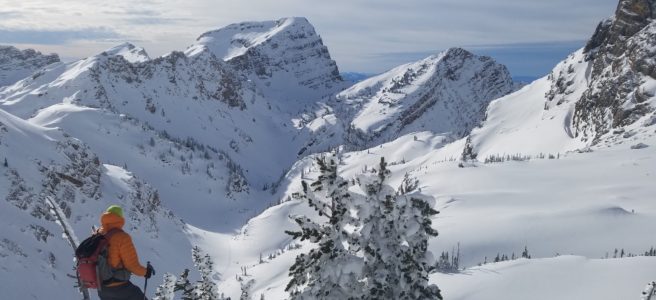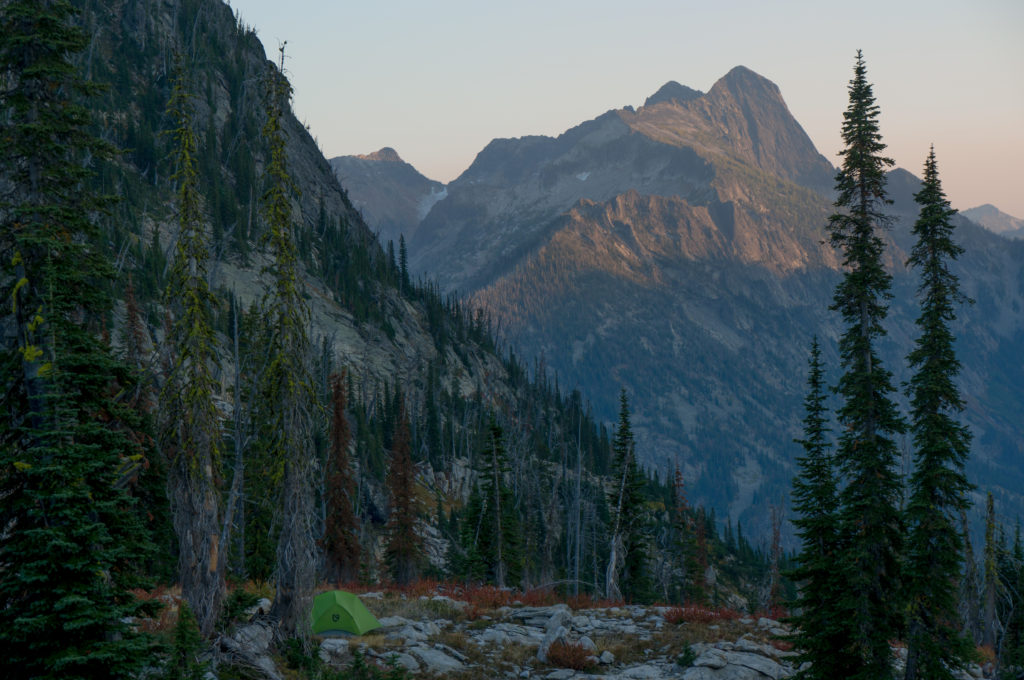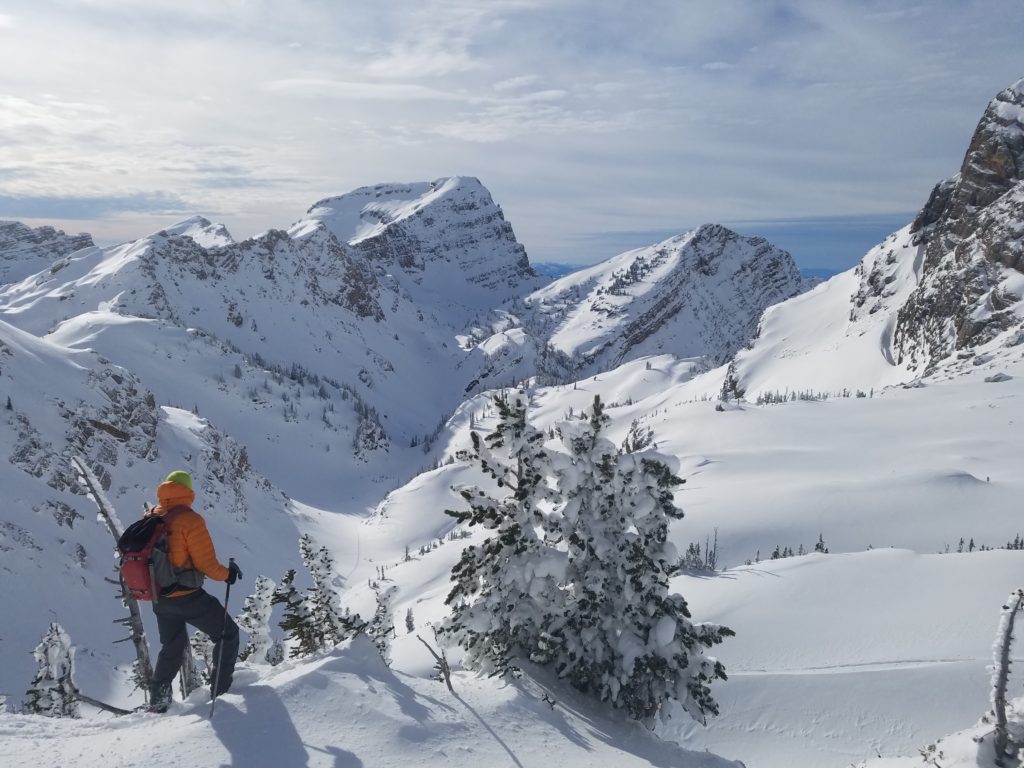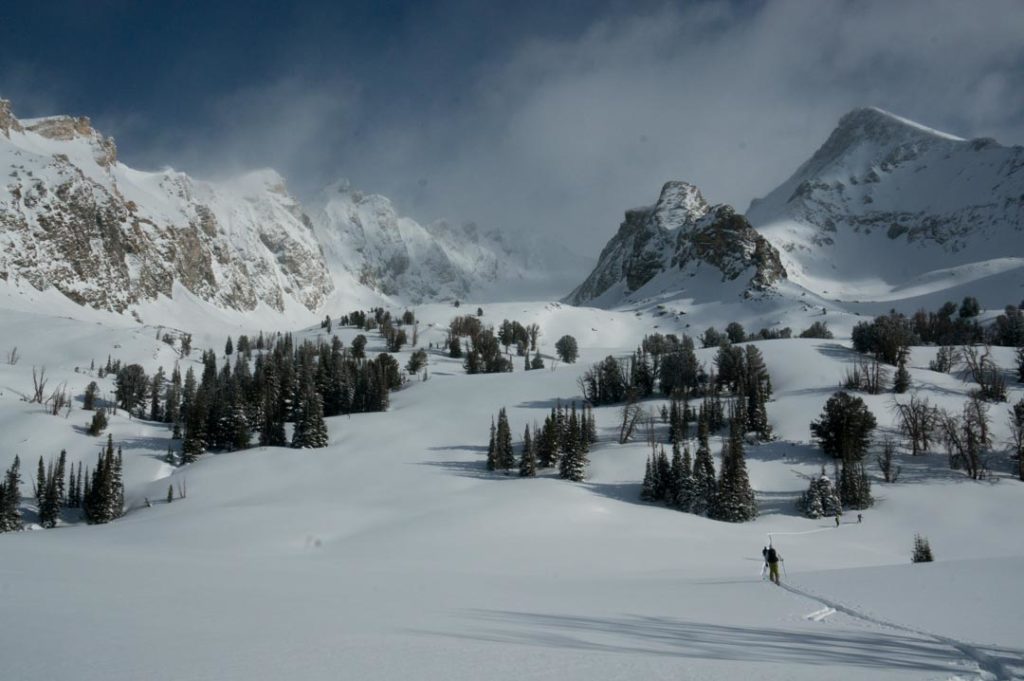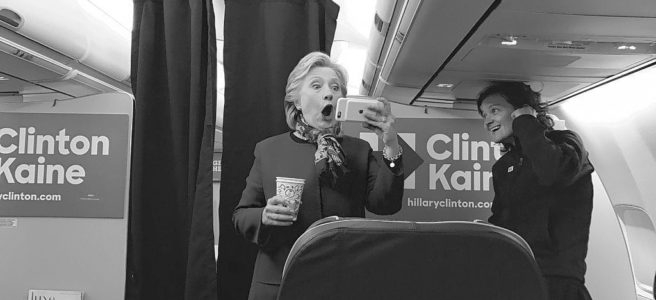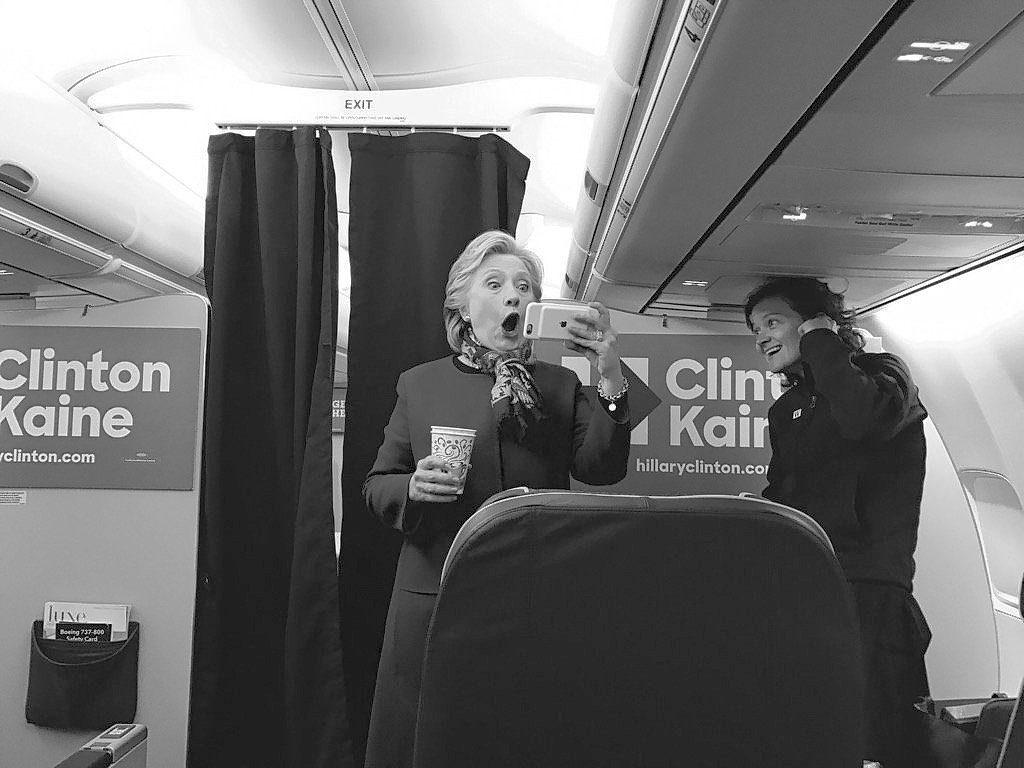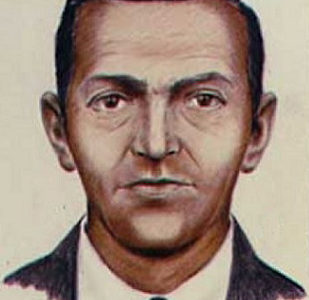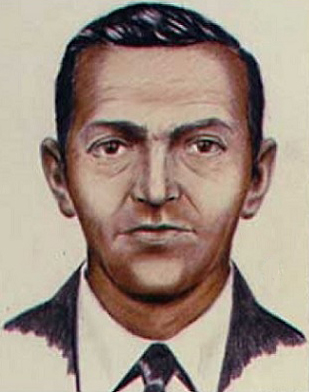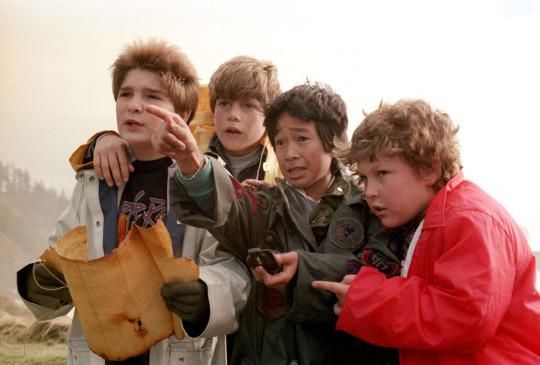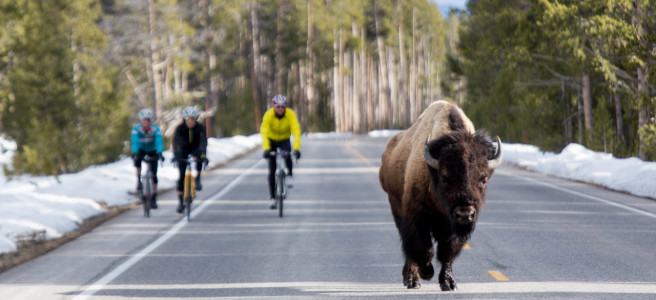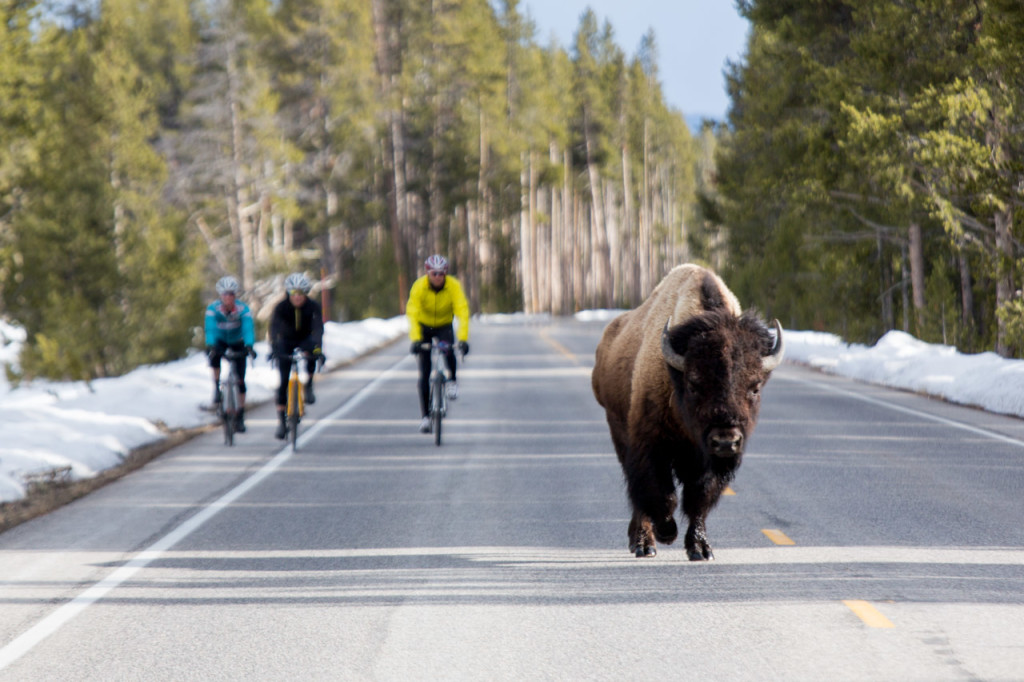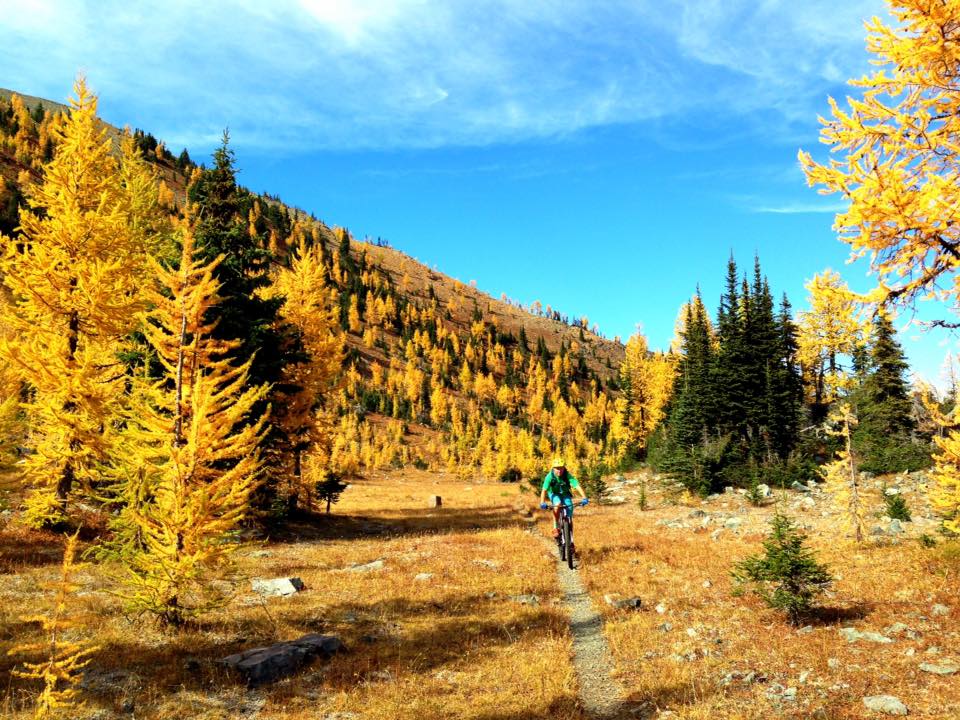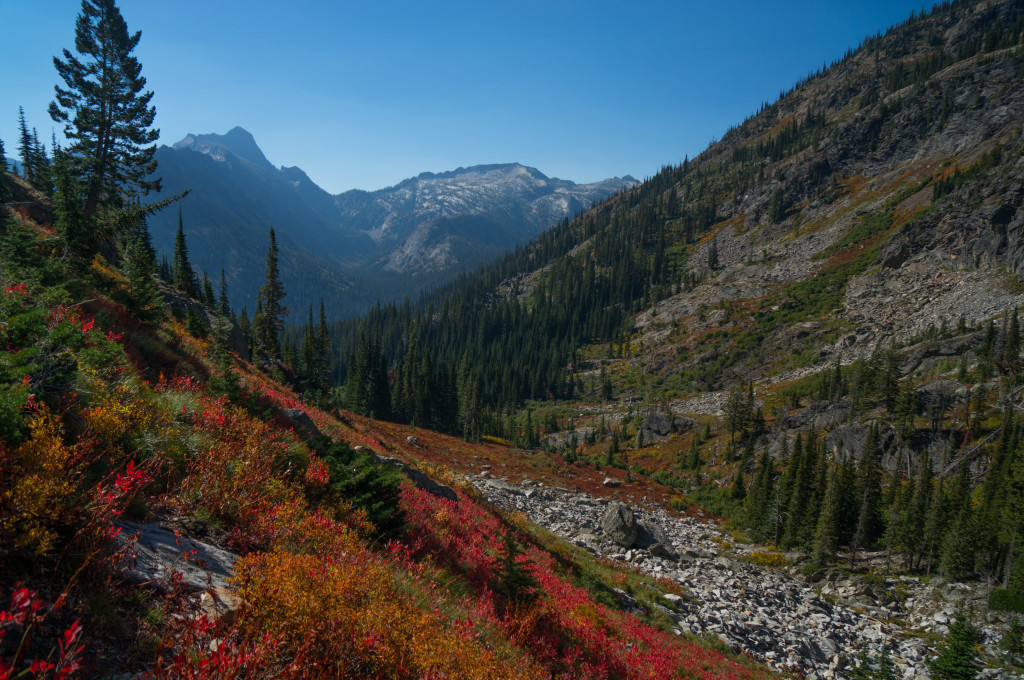A colleague posed the question once what right we have, as writers and photographers, to publish our experiences in the mountains. I told him that there is no question, really: that our experiences are our own to do with as we please.
But then I think the question that he asked was not the question that he meant. I suppose now that he was probing the pangs of guilt he felt for somehow spoiling a secret that wasn’t his to share, say, the relative position of cats and bags with respect to top-secret fishing holes, hunting camps, and powder stashes.
Public lands are, to be sure, ours to enjoy and to share. The notion of a private fishing spot or family hunting camp are categorically at odds with America’s best idea. We don’t need to ask permission to go skiing, or hiking, or hunting, and that’s what separates the American West as a bastion of democratic ideals: I own 640 million acres of public land. (Hey! So do you!)
An essential part of the backcountry landscape is its capacity for solitude. If every single American was spread evenly across our public land, we would have a hard time seeing the next nearest human. Time in the mountains gives us the opportunity to feel small and vulnerable and disconnected from what feels increasingly like an irrevocably chaotic modern world, and as we spend time in these places we forge personal relationships with them. Seeing your favorite backcountry haunt on some college sophomore’s Instagram feed is infuriating. Violating.
But like that Woodie Gurthrie song goes, we don’t own that land alone. Sharing photographs, stories, and maps celebrates the places that make us whole and inspire others to get out, and it risks ruining the mystery for those to come. We walk a line between inspiration and exploitation; these places are ours to enjoy but not to diminish.
Whether publicizing these rare places diminishes them is up for debate. I doubt that anyone who’s visited Yellowstone or Zion National Parks in recent years would argue that their wilderness experience was unsullied, and a recent proposal to build a gondola to the bottom of the Grand Canyon rightly faced furious dissent. But people have to know something to care about it, and we are at risk now of losing our public land.
Make no mistake that western public land is under attack. The Republican National Committee adopted as a tenet of its platform to “urge the transfer of [Federal] lands … to all willing states.” A bill is before Congress now (HR 621) to compel the sale of Federal lands across the west. The American Lands Council is hard at work to bypass voters and decentralize public land management.
Public land transfers cannot be undone, and their protection relies on the attention and care of every American. In the face of real economic and political uncertainty, exposure to wild places wanes as people work to stay at work and keep food on the table. In times of prosperity, free time and disposable income not everyone thinks of a frigid 12-hour slog through the mountains as “fun,” but appreciates the value inherent to such places being free.
So sure, tweeting the coordinates of the last place you caught a 25 lb. brown trout is probably going to get you some dirty looks at the bar. But never feel shame for promoting the wild places you love. They need the attention.
Like

